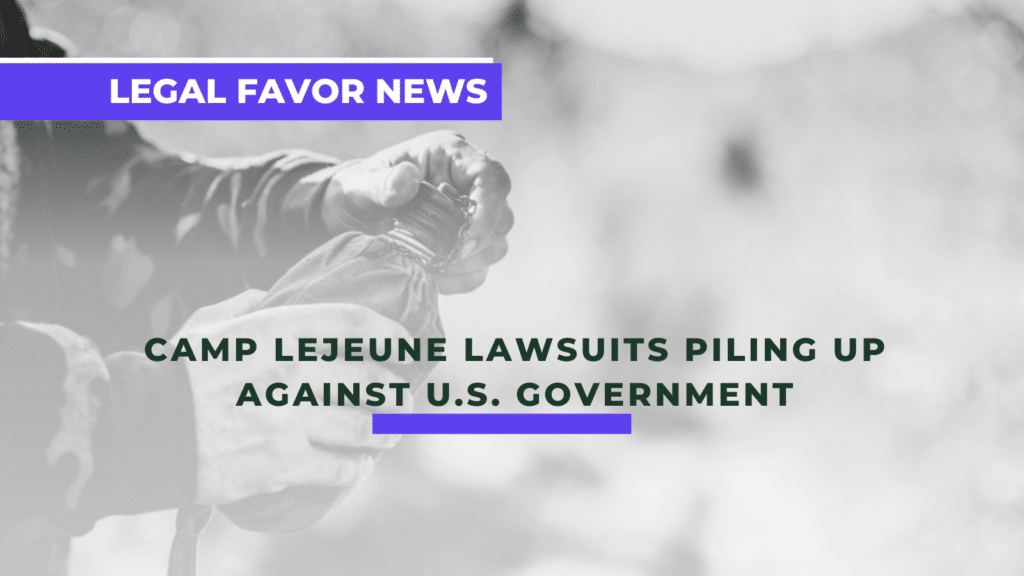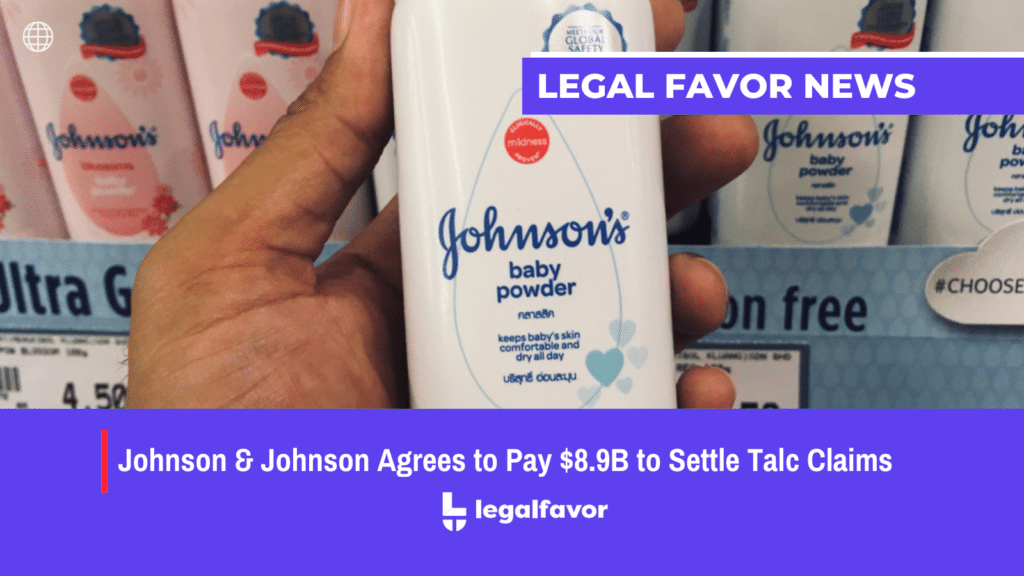The 3M military earplugs lawsuit has been an ongoing controversy, with servicemembers’ group alleging that the manufacturer Aearo Technologies was responsible for their injuries. Now, with Aearo filing for Chapter 11 bankruptcy, it remains to be seen what will happen next in the 3M military earplugs lawsuit. The potential implications of Aearo’s bankruptcy have been compared to the bankruptcy of a Johnson & Johnson subsidiary, which was used to settle lawsuits alleging talc products caused cancer.
3M Co (NYSE: MMM) Subsidiary Aearo Technologies’ Bankruptcy
In July of this year, 3M initiated its bankruptcy court gambit in an effort to collectively settle all suits related to its Combat Arms Version 2 Earplugs. In many ways, this approach is similar to that taken by J&J and other companies accused of poisoning thousands with asbestos-containing products. Claimants have argued, “Here, just as in LTL, the Debtors were not in any financial distress when they invoked this Court’s jurisdiction.”
3M is preparing a formal court response to the dismissal motion that draws distinctions between the Aearo and LTL cases. Ultimately, it will be up to the judge to decide whether or not Aearo’s Chapter 11 bankruptcy will be dismissed.
Combat Veterans Say Aearo Technologies Bankruptcy Should Be Dismissed
The plaintiffs are urging a judge to throw out 3M Co. and its subsidiary Aearo Technologies LLC’s bankruptcy case. As cited in another case involving Johnson & Johnson, Chapter 11 has been abused to avoid mass tort litigation in that case.
Aearo’s bankruptcy features an uncapped funding agreement from 3M, modeled after the arrangement J&J created for its bankrupt talc liability unit, LTL Management LLC. It’s a strong form of aid that only businesses in severe financial duress are permitted to use, according to the claims.
A servicemembers’ group is arguing that Aearo’s Chapter 11 bankruptcy should be dismissed, citing a ruling by the U.S. 3rd Circuit Court of Appeals in Philadelphia. The court had dismissed the bankruptcy case of LTL Management, a Johnson & Johnson subsidiary because it found that neither J&J nor LTL were in “financial distress.”
Both subsidiaries entered bankruptcy with an agreement that their parent companies would fund a settlement of the lawsuits in bankruptcy. These funding agreements undercut plaintiffs’ arguments that 3M and J&J were “hiding assets” from potential creditors but also undercut the companies’ arguments that they could not afford to fight the lawsuits outside of bankruptcy court.
About The 3M Combat Ear Plugs Lawsuits
The U.S. military first began collaborating with Aearo Technologies, a subsidiary of 3M Co (NYSE: MMM), in the late 1990s to develop a new type of earplug that would reduce noise exposure and hearing loss among soldiers in combat zones. As a result of this, the second version of Combat Arms Earplugs was introduced (CAEv2).
This dual-ended earplug was initially designed to make it easier on service members so they wouldn’t have to carry two sets of earplugs. The CAEv2 is supposed to block sound like traditional earplugs. However, when worn the other way, it is supposed to block only certain types of loud battlefield noise while allowing the wearer to hear softer, closer sounds.
Unfortunately, the alleged problem with the CAEv2 earplugs is that they can be too short in a particular wearer’s ear canal and can fail to form the proper seal to protect the inner ear from damaging noise effectively.
This led to numerous lawsuits being filed against 3M Company, claiming that their subsidiary’s product caused severe hearing damage in many veterans who used them. This led to Aearo’s Chapter 11 bankruptcy in an effort to settle the claims, and this situation has sparked debate as to whether Aearo’s Chapter 11 bankruptcy should have the same fate as that of a Johnson & Johnson subsidiary, which was used to settle similar lawsuits alleging talc products caused cancer.





